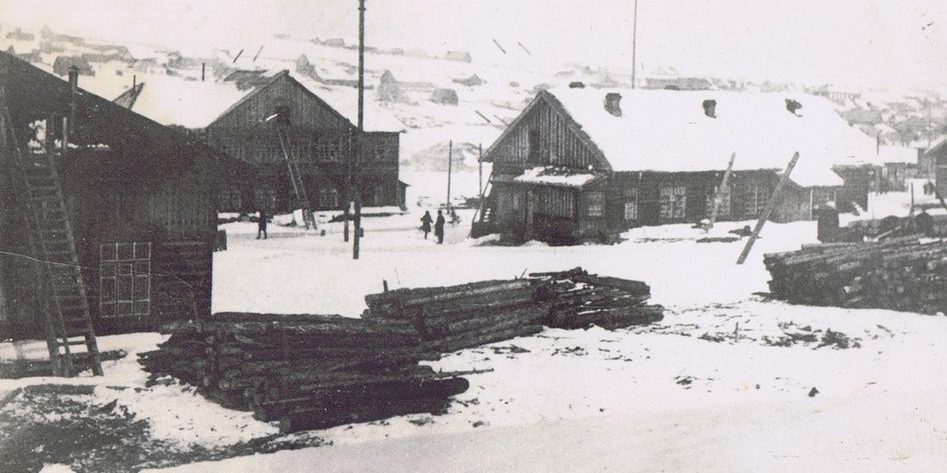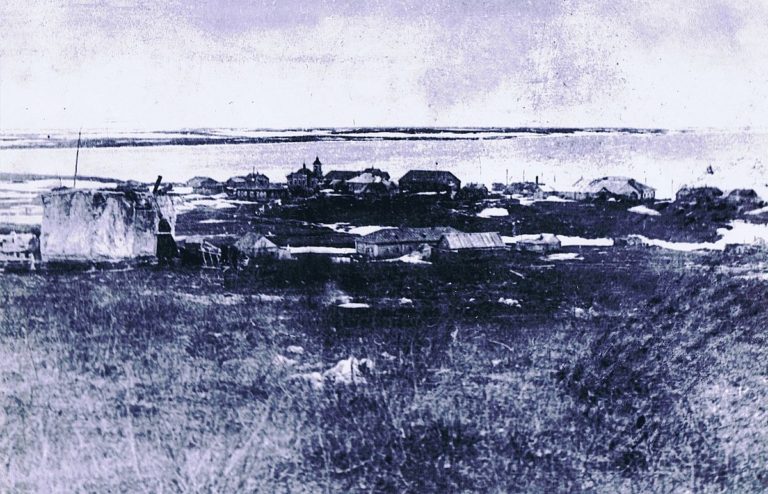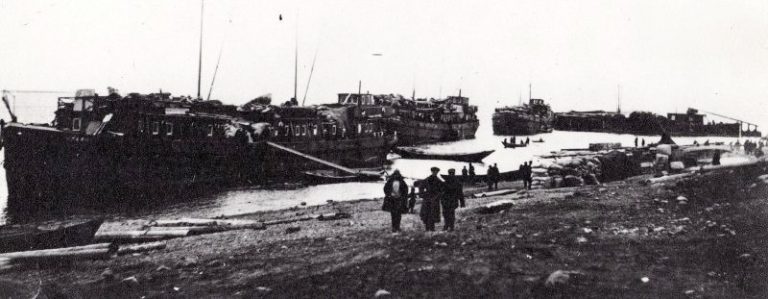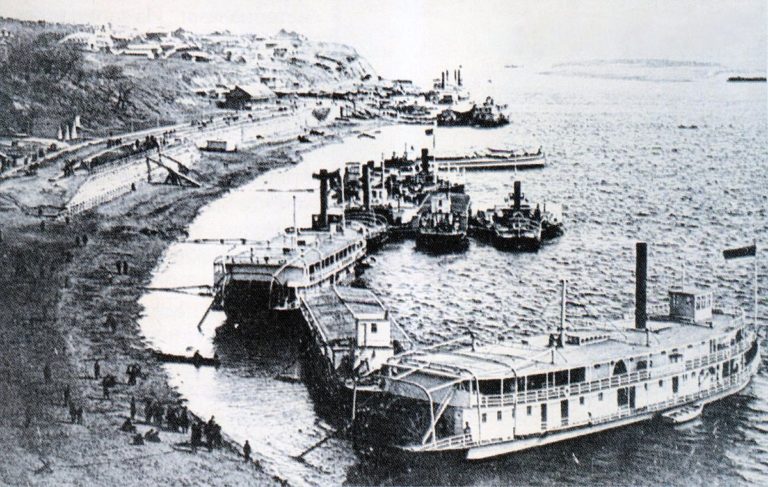#ARCTIC. #SIBERIA. THIS IS TAIMYR. Fateful decisions for Dudinka and the port were made earlier, in the first decades of the 20th century. Dudinka was a small village lost in the Arctic at that time, and nothing foreshadowed big changes.
The geologist Nikolai Urvantsev described it:
“When I arrived in Dudinka in July 1919, it was a village that completely preserved the appearance of past times. There were only 15–20 houses here, of which only three were log houses. The rest of the houses were much smaller, assembled from blocks from the barges’ pieces. Bread and other goods were floated from top to bottom on these barges. Then they were taken apart for buildings. There were also very small huts built from anything. At the mouth of the Dudinka, three kilometers away, was the Malaya Dudinka of three buildings”.
But Dudinka stood on the Yenisei, and it was and remains the main transport artery of our territory. And of course, the Norilsk deposits’ development’s planners were guided by it. But what Yenisei point will become the main port was an open question at first.
Dudinka was not the main and the only option. Its disadvantages were shallow depths off the coast and exposure to winds. The Norilsk pioneers considered it only as a temporary base and only for river vessels.
It was thought at first that sea vessels aren’t be able to load in Dudinka, and the main stake was placed on Ust-Port or the trading post Valek on Norilka where the path led through Pyasina.
The first Kara and Pyasina expeditions’ experience showed that the place for Ust-Port was chosen unsuccessfully: the river floods the banks, dam and moorings there, and the Pyasina river is too shallow and freezes early. Therefore, the priorities of the transport issue of the future Norilsk Combine have shifted to Igarka and Dudinka.
There was a clause on the mooring lines’ construction in Dudinka in the historic resolution of the Council of People’s Commissars On the Norilsk Nickel Combine’s construction, which was issued on June 23, 1935. And, on July 1, the motor ship Spartak with the Norilsk construction’s head Vladimir Matveev (later he became a convict) and 200 builders on it arrived to Dudinka from Krasnoyarsk.
In the History Spot photo project previous publication we told about Vladimir Terpogosov who dreamed of a film career, but became the Norilsk Combine’s chief engineer.
Follow us on Telegram, VKontakte.
Text: Svetlana Ferapontova, Photo: Nornickel Polar Division archive










